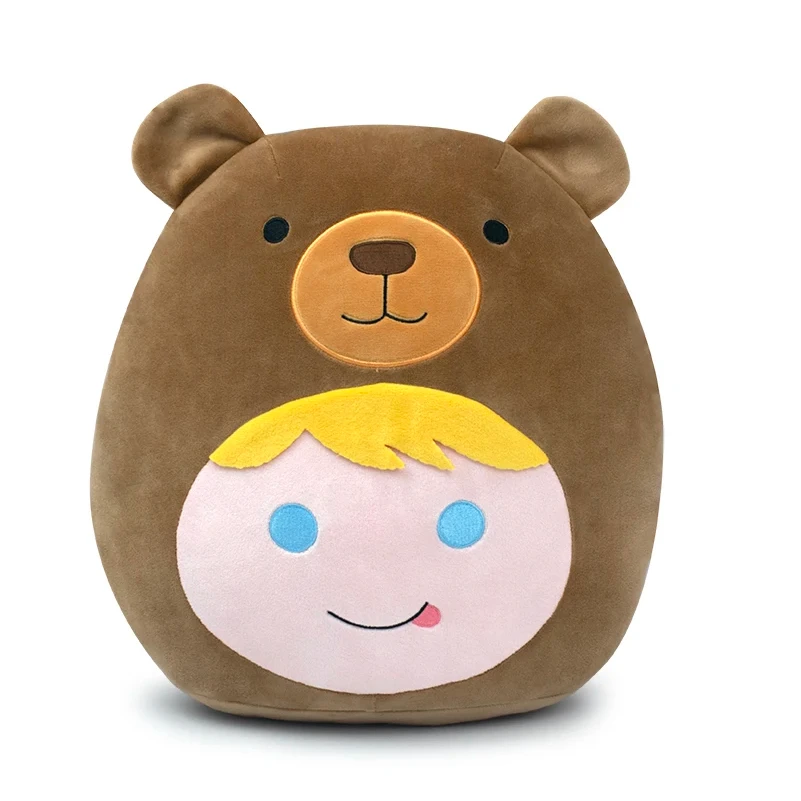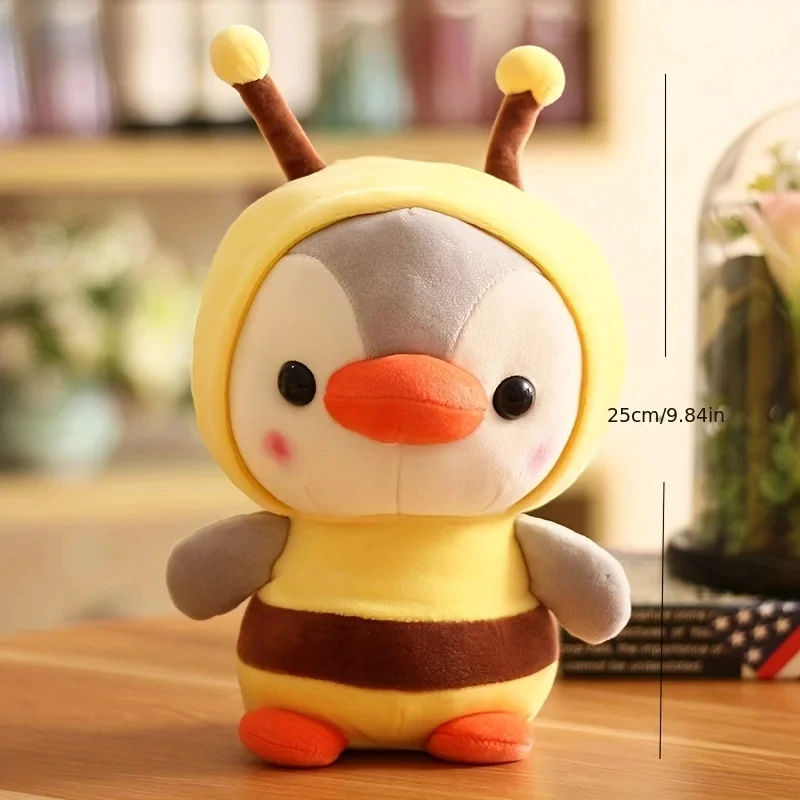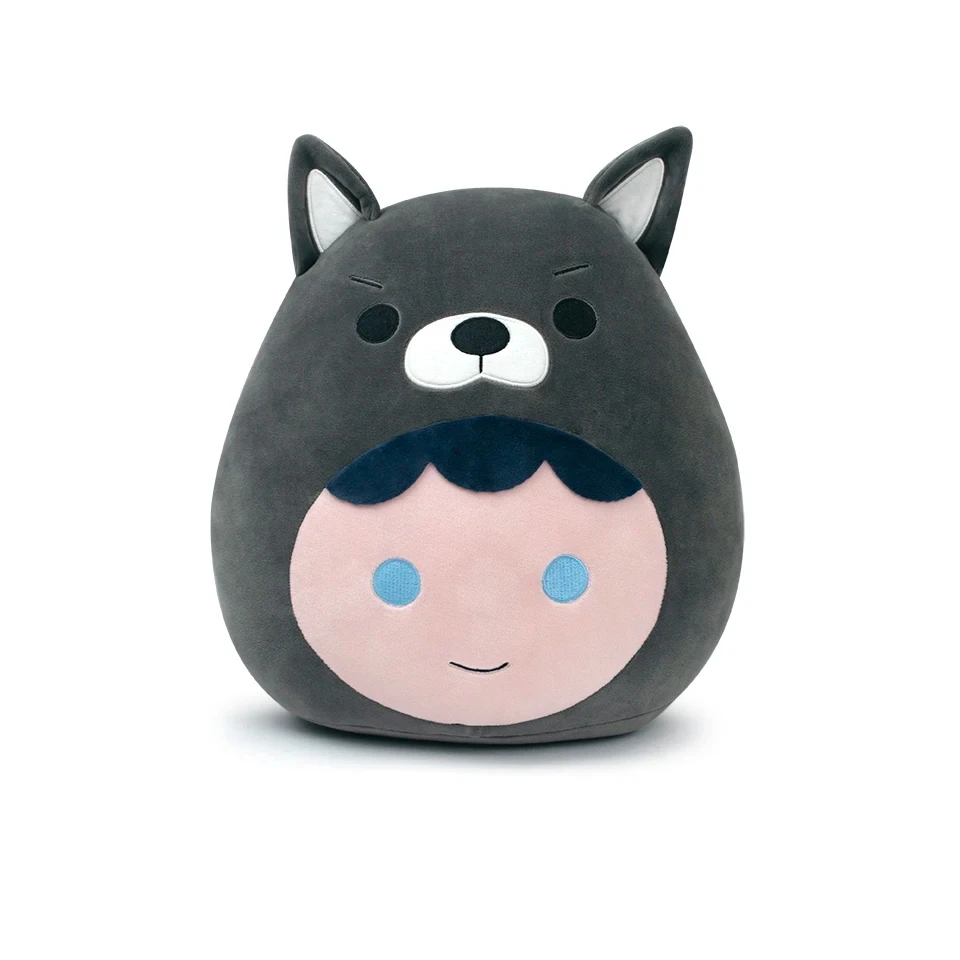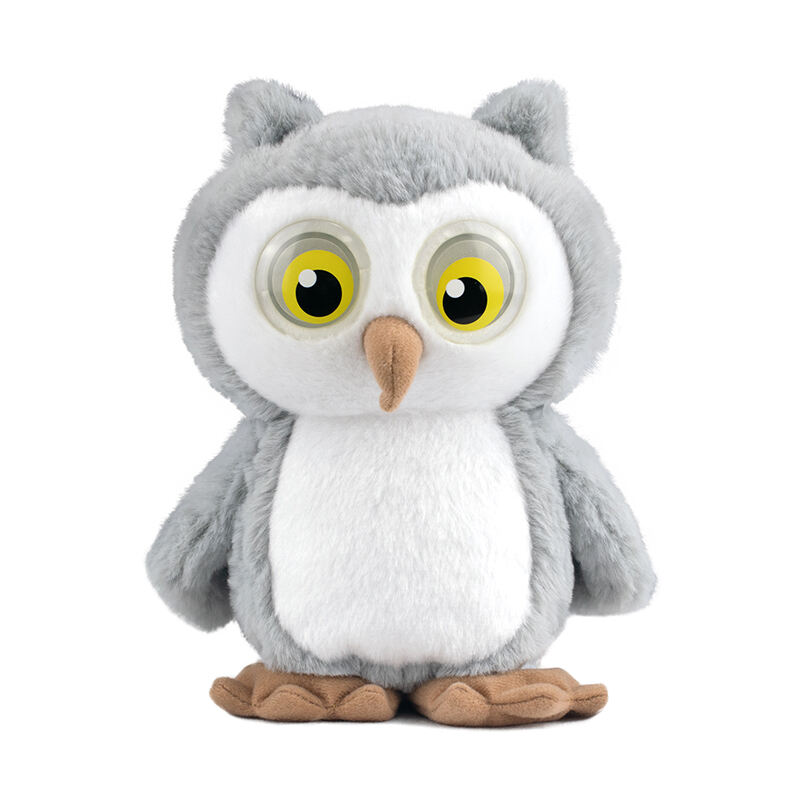Safety of electronic plush toys
Understanding the Safety of Electronic Plush Toys
Electronic plush toys offer unique features that distinguish them from traditional stuffed animals, making them increasingly popular. These toys often integrate electronics to provide interactive capabilities, such as responding to touch or voice, enhancing sensory stimulation in children. The captivating blend of technology and classic plush design appeals to children’s ever-evolving interest in interactive play.
Ensuring the safety and well-being of children playing with these toys is paramount, emphasizing the importance of built-in safety features. A key safety consideration is the secure battery compartments, which prevent accidental access that could lead to swallowing or other hazards. Moreover, using hypoallergenic materials is crucial to avoid allergic reactions, ensuring that even the most sensitive skin remains irritation-free. Sound level limitations also play a significant role in protecting young ears from potentially harmful noise levels while maintaining engagement. These safety measures align with standards for stuffed animals, ensuring that interactive plush toys are as safe as their traditional counterparts.
Global Safety Standards for Electronic Plush Toys
Understanding global safety standards for electronic plush toys is essential for manufacturers and consumers to ensure child safety. The ASTM F963, established by the American Society for Testing and Materials, is a comprehensive standard for toy safety in the United States. This regulation requires plush dolls and other toys to comply with chemical, mechanical, and flammability standards. Mechanical testing includes durability and small part safety to prevent hazards, while flammability tests ensure materials burn within safe limits. By adhering to these regulations, manufacturers can reduce risks and ensure their products are safe for the market.
In the European Union, EN 71 regulations are pivotal. This set of standards ensures toys are safe for children under 14 years old through stringent testing processes. EN 71 covers essential areas like mechanical properties and chemical safety, with specific provisions such as EN 71-3, addressing the migration of harmful elements, and EN 71-2, focusing on flammability. Toys sold in the EU must comply with these standards, which include undergoing rigorous testing to verify safety compliance. The directive also requires manufacturers to maintain detailed safety documentation, ensuring transparency and continued adherence to safety guidelines.
The Consumer Product Safety Improvement Act (CPSIA) in the United States is another critical standard that impacts the safety of plush toys, particularly concerning lead content and phthalates. CPSIA mandates specific limits on these substances to protect children from potential health hazards. This law also enforces mandatory safety testing and certification of toys before they reach the market. Compliance with CPSIA not only protects young consumers but also enhances manufacturer credibility by demonstrating a commitment to rigorous safety practices. By understanding and adhering to these global standards, parents and manufacturers can ensure that electronic plush toys remain safe and enjoyable for children worldwide.
Key Risks Associated with Electronic Plush Toys
Electronic plush toys, despite being adored by children, can pose potential choking hazards. Small electronic parts within these toys might detach and become dangerous if not securely fixed or shielded. It's crucial for caregivers to examine toys for any missing or loose components. Checking for safety labels and investing in age-appropriate toys minimizes these risks, fulfilling an important step in prevention as recommended by the Consumer Product Safety Commission (CPSC).
The risk of chemical exposure is another concern, as some materials used in plush toys might contain harmful substances. Studies have pointed to the adverse effects of such chemicals on children's health. For instance, certain plastics and dyes have been found to contain toxic chemicals, raising alarms for consumers. It is imperative to seek toys tested for safety and free from hazardous materials, thereby ensuring safer play environments.
Battery safety represents a significant concern, especially with plush toys that include electronic features. Leaking batteries can cause chemical burns or even fire hazards. To mitigate these risks, parents should only purchase toys with secure, child-safe battery compartments. Additionally, ensuring proper disposal of old batteries and regular checks for leakage can significantly reduce associated dangers, making playtime safer for children.
Evaluating the Safety of Electronic Plush Toys
Ensuring the safety of electronic plush toys necessitates verifying safety labels and certifications. Standards such as ASTM and EN are crucial as they guarantee that products have been rigorously tested. These standards cover various aspects, including mechanical and chemical testing, crucial for determining the toy's safety. Certification to these standards indicates compliance with established safety guidelines, providing peace of mind to both manufacturers and consumers.
Understanding age appropriateness guidelines is also critical when assessing plush toy safety. Different features of plush toys can impact age groups differently. For example, toys with small parts might be suitable for older children but pose choking hazards to toddlers. Age guidelines help purchasers match toys with the consumer's developmental stage, mitigating safety risks associated with inappropriate toy selection.
Recognizing quality in plush toys involves assessing the materials used, the construction techniques employed, and the strength of the stitching. High-quality materials and sturdy construction reduce the risk of hazards such as sharp edges or detaching parts. Strong stitching is crucial in preventing stuffing or small components from becoming exposed, thereby minimizing choking risks and ensuring the toy's durability during play. By evaluating these aspects, one can ascertain a plush toy's overall quality and safety.
Best Practices for Ensuring Toy Safety at Home
To keep electronic plush toys safe for children, regular inspections and maintenance are crucial. These include looking out for wear and tear that could expose batteries or small parts, increasing the risk of accidents. Check components like stitching and electronic mechanisms to ensure they are secure and intact. If you spot any damage, promptly repair or replace the toy to prevent potential choking hazards or electrical accidents.
Cleaning these toys safely is equally important to preserve both their appearance and functionality. Always follow the manufacturer’s cleaning instructions, as electronic components can be delicate. Use a damp cloth with mild soap for plush parts, avoiding soaking or submerging the toy, which may damage electronic systems. Proper cleaning helps maintain hygiene without compromising the toy's electronics.
Lastly, controlling playtime and ensuring supervision is vital, especially when children engage with the toy's electronic features. Supervision helps in guiding children on the safe use of electronic plush toys, reducing the risk of misuse that might lead to accidents. Moreover, limiting playtime with electronic components can prevent overheating and extends the lifespan of these toys, ensuring they remain a safe and enjoyable part of a child’s play environment.
Conclusion: Prioritizing Safety for Your Kids
When choosing toys for your children, their safety should always be your primary concern. It is crucial to select products that have received safety certifications and comply with industry standards, ensuring the materials used are non-toxic and child-friendly. Additionally, staying informed about toy recalls is essential to safeguard your children from potential hazards associated with recalled products. By taking these steps, you can ensure a safe and enjoyable play environment for your little ones.







 Hot News
Hot News